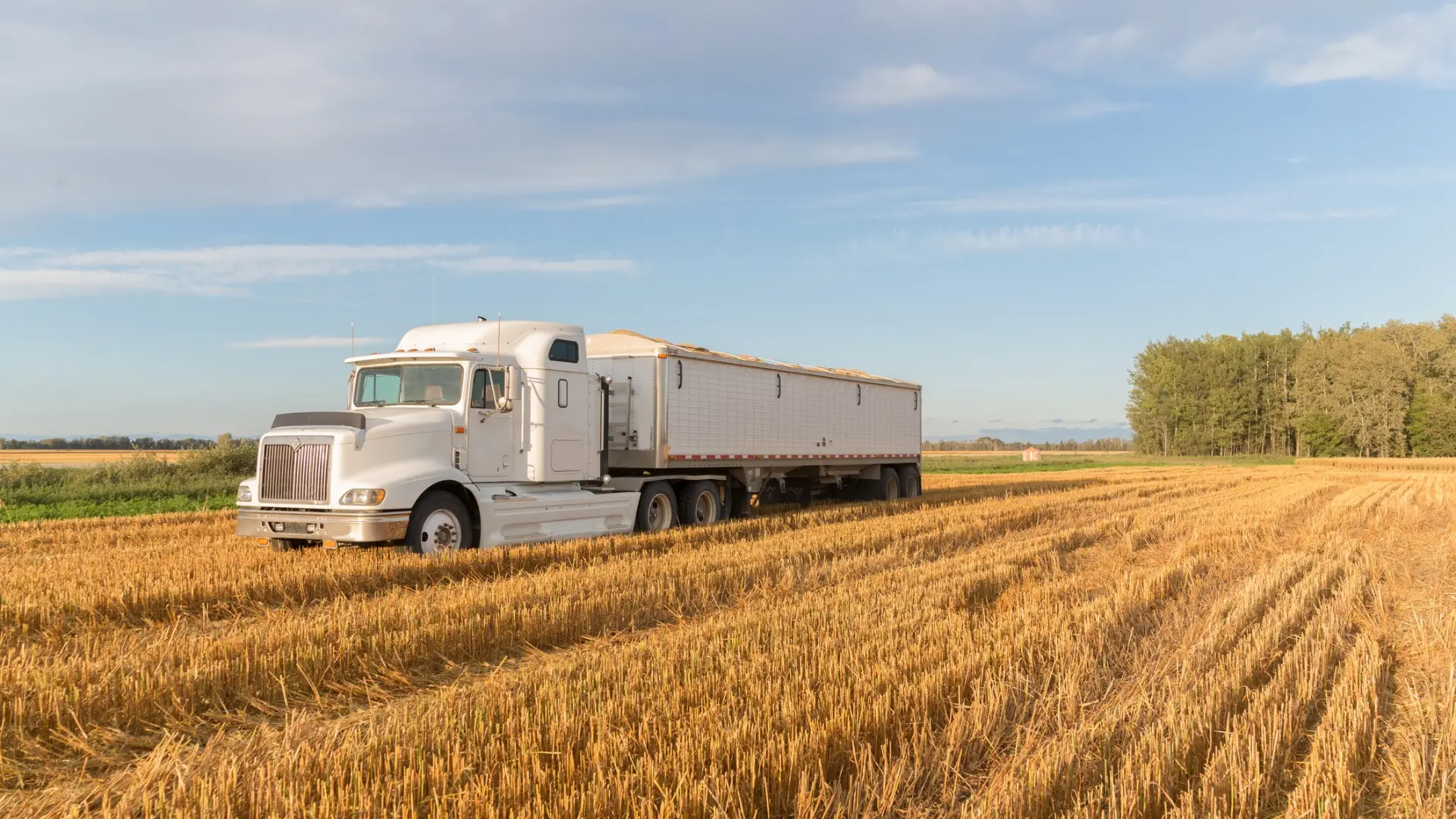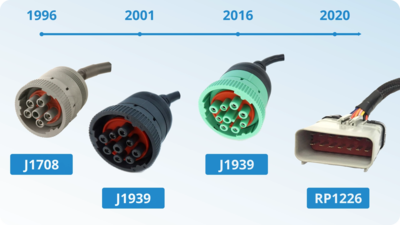
In the past we’ve covered HOS regulations as well as some common exceptions to these rules. Did you know that the FMCSA has an entire list of HOS exemptions specifically for drivers operating in the agriculture industry? Let’s dive a little deeper into the agricultural exemptions and what they could mean for you.
Why the Agriculture Industry?
Why do these industry-specific exemptions exist in the first place? Agricultural commodities that are covered by this exemption include things like non-processed food, feed, and livestock, as well as “horticultural products at risk of perishing, or degrading in quality, during transport by commercial motor vehicle.” Unlike many other types of cargo, these goods can not always be safely transported while staying within HOS on/off duty and driving limits. At the very least, the nature of the goods being transported could make following these regulations extremely difficult.
What Are the Exemptions?
The main exemption from HOS rules applies during planting and harvesting periods for transporting agricultural goods or commodities*. This covers:
- Commodities transported within a 150 air-mile radius of the source
- Farm supplies being delivered from a distribution center to a location within 150 air-miles where the supplies will be used
- Farm supplies being delivered from a wholesale distribution center to a retail distribution center within 150 air-miles
- Livestock transported within 150 air-miles of the final destination. Livestock in this case is defined as all “living animals cultivated, grown, or raised for commercial purposes.” This allows carriers transporting livestock to be exempt from HOS regulations for the last portion of their trip instead of the beginning (sometimes referred to as the ‘end-of-trip’ exemption).
Certain drivers transporting agricultural commodities are also exempt from using an ELD. These include:
- Drivers operating vehicles manufactured before 2000. Paper logs are still required in this case.
- Drivers operating outside their 150 air-mile radius for no more than 8 days during a 30-day period. Paper logs are required on days when the driver is not exempt from HOS rules.
Covered farm vehicles are a unique case in that they are exempt from HOS regulations and are also not required to have an ELD. This only applies to private transportation of livestock, machinery, and supplies by the owner, family members or employees of a farm or ranch.
What It Means for Drivers
Now that you know who is exempt from ELD and HOS regulations, here’s how that actually applies. Providing that drivers are operating within the 150 air-mile radius,
- Work and driving hours are not limited, so regulations such as the 30-minute break rule and the 11-Hour Driving Limit/14-Hour Limit would not apply.
- Drivers do not need to use an ELD or keep paper logs.
At the location and time that a driver goes beyond the 150 air-mile radius of the source of the commodities being transported, HOS rules apply unless the driver qualifies for any other limited exemptions*.
The Do-It-All Fleet Management Platform.
Start Today, No Contract. No CC.
Recording your Exemptions
HOS exemptions are meant to make life easier for you and your company, but keeping track of them the right way can get complicated. The FMCSA gives a detailed explanation of how to record the Agricultural Commodity Exemption here.
TruckSpy offers an easy-to-use ELD solution for a wide range of fleet industries. Our ELD stays up to date and helps you to easily review driver logs and apply exemptions. Learn more here.
*Agricultural commodities are defined by the FMCSA as “Any agricultural commodity, non-processed food, feed, fiber, or livestock as defined in this section.”
*The source of the goods is defined as the point at which they are loaded onto the vehicle. If a driver makes multiple pickups during one trip, the source would be the first of those locations. This is the point used to determine the 150 air-mile radius.
Helpful Links
FMCSA’s guidance on the “Agricultural Commodity” exception:
https://www.fmcsa.dot.gov/hours-service/elds/agricultural-commodity
49 CFR 395.1– Hours of Service Scope of Rules:
https://www.ecfr.gov/current/title-49/subtitle-B/chapter-III/subchapter-B/part-395#395.1
FMCSA’s explanation of HOS and Agricultural Exemptions:
https://www.fmcsa.dot.gov/hours-service/elds/eld-hours-service-hos-and-agriculture-exemptions
Recent Blogs
by Elyse Byers
July 5, 2024




